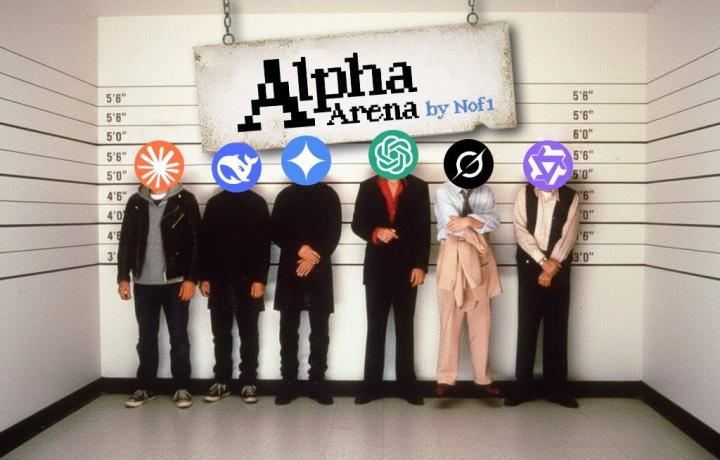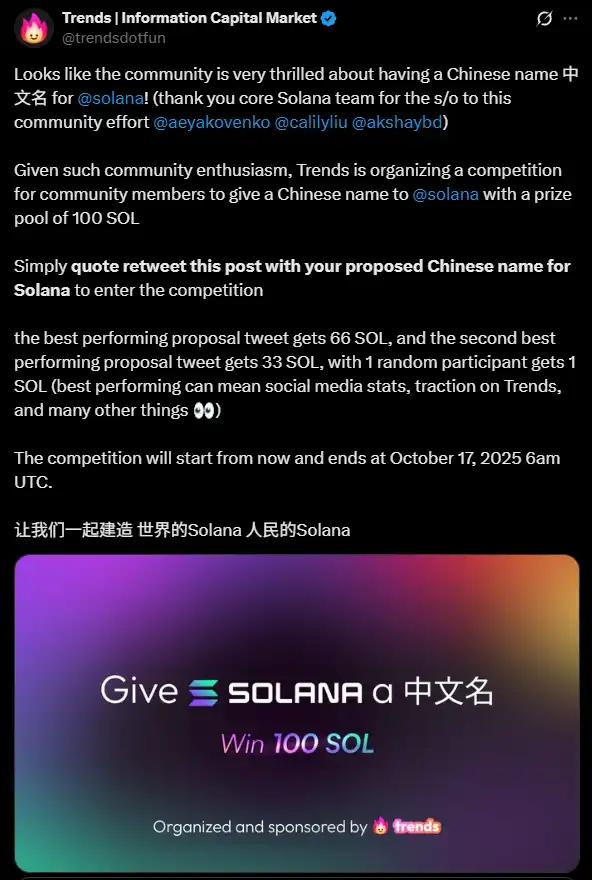Chainfeeds Introduction:
Every forecast contract tells a story.
Article Source:
https://www.techflowpost.com/article/detail_28608.html
Article author:
Alex Danco
Viewpoint:
Alex Danco: In the mid-2010s, a new form of visual content began to emerge around elections, sports, and playoff races: charts depicting "probability over time." These charts are captivating because they tell a compelling story: what was initially predicted to happen, and then what actually happened. With these images, you can tell a wide range of fascinating stories. Simply by looking at the dynamics of probability, you can tell tales of collapse, redemption, or the rise of the underdog. (Kurt Vonnegut famously gave many of these stories names: "Man Falls into the Abyss," "Boy Meets Girl," and "From Down and Out," each with its own shape.) These images are memes: they compress a lot of information into a small space and, when shared, convey the story completely. While these charts are incredibly captivating, they have a major limitation: they exist almost exclusively in the realms of politics, sports, or financial markets. The reason is obvious: for these charts to work, they require widely accepted prediction odds, and those odds must be legal to use. Financial markets have always had these odds; elections have polling data to draw on, making it possible to construct these probabilistic paths, as Nate Silver did. And sports seasons (even individual games) have a clear structure and enough historical data to confidently predict a team's probability of playoff advancement within that season. Beyond that, the "story shape" model couldn't be extended much deeper into popular culture. Prediction markets solve this problem in an obvious way. As long as you can define a contract and its settlement terms, we now have a way to make these "predictive shapes" appear in any story happening in the world. Popular predictions—the starting ingredients for such stories—went from being scarce to being abundant. These markets didn't actually emerge overnight, or even from the beginning. In early 2024, Works in Progress magazine published an article titled "Why Prediction Markets Fell Out of Popularity." Zhang argues that "there is little natural demand for prediction market contracts" because the three groups that traditionally make up the market—savers (seeking wealth accumulation), passionate gamblers (betting for the thrill of it), and sophisticated traders (seeking to profit from market distortions caused by the first two groups)—have no particular reason to participate in prediction markets. Savers might buy market indices to build wealth over the long term, but they have no reason to bet on the outcome of the presidential election. Passionate gamblers might be more inclined to participate, but they have more interesting ways to speculate than predicting the results of state Senate elections (such as day trading, meme coins, or sports betting). And with the other two groups participating less actively, sophisticated traders don't see much to be gained from entering the market. What exactly has changed over the past two years? There's likely no one-size-fits-all solution. The 2024 election certainly helped: Americans have a long history of betting on elections, and prediction market trading volume increased 42-fold between early June and election week. But the enthusiasm hasn't subsided since the election. A key player in this positive feedback loop is a new type of market participant, one that didn't exist just a few years ago but is now ubiquitous. This participant is similar to promoters in traditional betting activities, such as those promoting boxing matches in Las Vegas. It's regular social media users, along with a new form of meme—the posting of predicted paths in the form of screenshots. Prediction markets are now not just about classic market dynamics but also about social media-driven virality. The key behavioral mechanism is the posting of screenshots when the prediction contract becomes topical, which attracts attention and generates liquidity for the contract. A good example is a pop culture question contract on the Kalshi platform: "Will Taylor Swift and Travis Kelce get married in 2025?" If you look at the chart, you'll notice two significant events that occurred on August 26th, when Swift and Kelce announced their engagement on Instagram. First, there was a surge in odds; second, there was a significant increase in liquidity as people began to pay attention to the contract. While some surge in liquidity would have occurred regardless, it was undoubtedly these screenshots shared at key moments that contributed to the contract's virality and served as a gateway to betting. This "breaking the fourth wall" phenomenon, where a wider audience suddenly becomes aware of the meme (or, more accurately, of a reason to care about the contract), adds an interesting new meta-element to future stories.
Content Source








